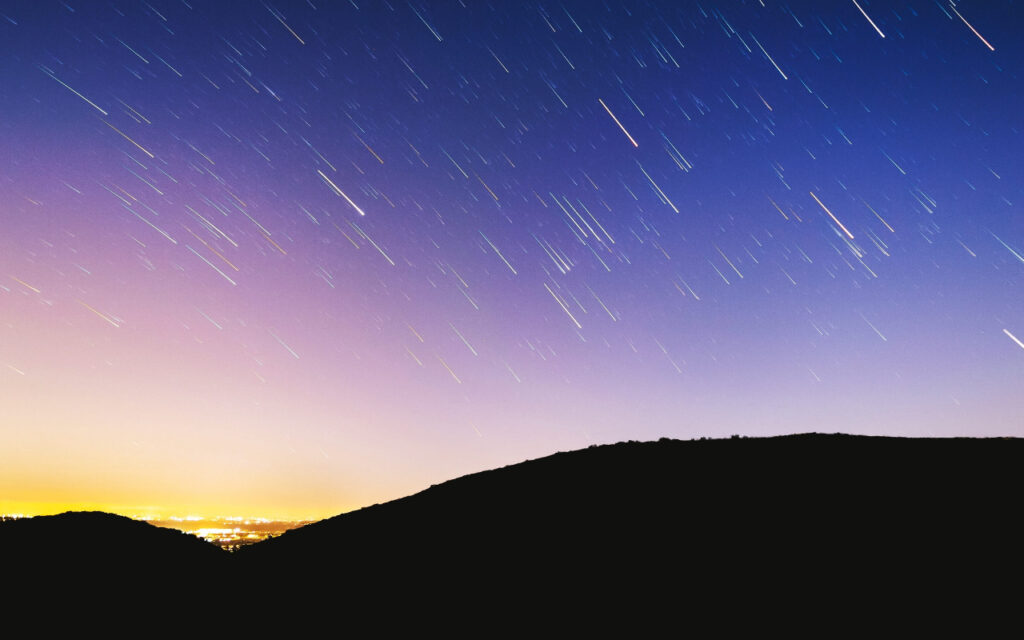
By Pamela Cruz. Peninsula 360 Press [P360P]
Gazing at the sky and marveling at the grandeur of the universe is a treat for millions of people, and Redwood City will have the privilege of beholding the peak of the Delta Aquariid meteor shower this Thursday, weather permitting.
This astronomical phenomenon is long and vague, and while they can be found anytime from approximately July 12 to August 23 each year, the peak this year will be July 29.
As we move into August, a much fainter waning crescent moon will be less intrusive so that the meteor shower can be better viewed.
According to the organization Earth SkyWhen the Perseid meteor shower is peaking on the mornings of August 11, 12 and 13, the Delta Aquarids will also continue to fly.
The forecast for Thursday calls for generally sunny skies during the day and partly cloudy at night, but we will have to wait until the moon is not so bright for the meteor shower to be seen in its entirety.
The perfect time to see this phenomenon will be late at night and in the early hours of Friday morning.
How to distinguish the Perseids from the Delta Aquarids?
If all Delta Aquariid meteors are tracked they appear to radiate from a certain point in front of the constellation Aquarius which, as seen from the northern hemisphere, forms an arc across the southern sky. The peak of the shower almost aligns with the star Skat ?Delta Aquarii . The meteor shower is named in honor of that star.
Meanwhile, the Perseids radiate from the constellation Perseus in the northeast to high in the north between midnight and dawn.
So, being in the northern hemisphere, if you are observing the Perseids and you see meteors coming from the northeast or north... they are Perseids. If you see them coming from the south... they are Delta Aquarids.
In a particularly rich year for meteors, if you have a dark sky, you might even see them cross paths, making for an impressive display.
Delta Aquariid meteors tend to be a bit fainter than the Perseids and meteors seen in other major showers. That makes a dark sky with no moonlight even more imperative for viewing the annual Delta Aquariid shower.
About 5 to ??10 percent of Delta Aquariid meteors leave lingering trails of glowing ionized gas that last for a second or two after the meteor has passed. The meteors burn up in the upper atmosphere about 60 miles (100 km) above the Earth's surface.
You may be interested in: To prepare for possible fires in San Mateo


